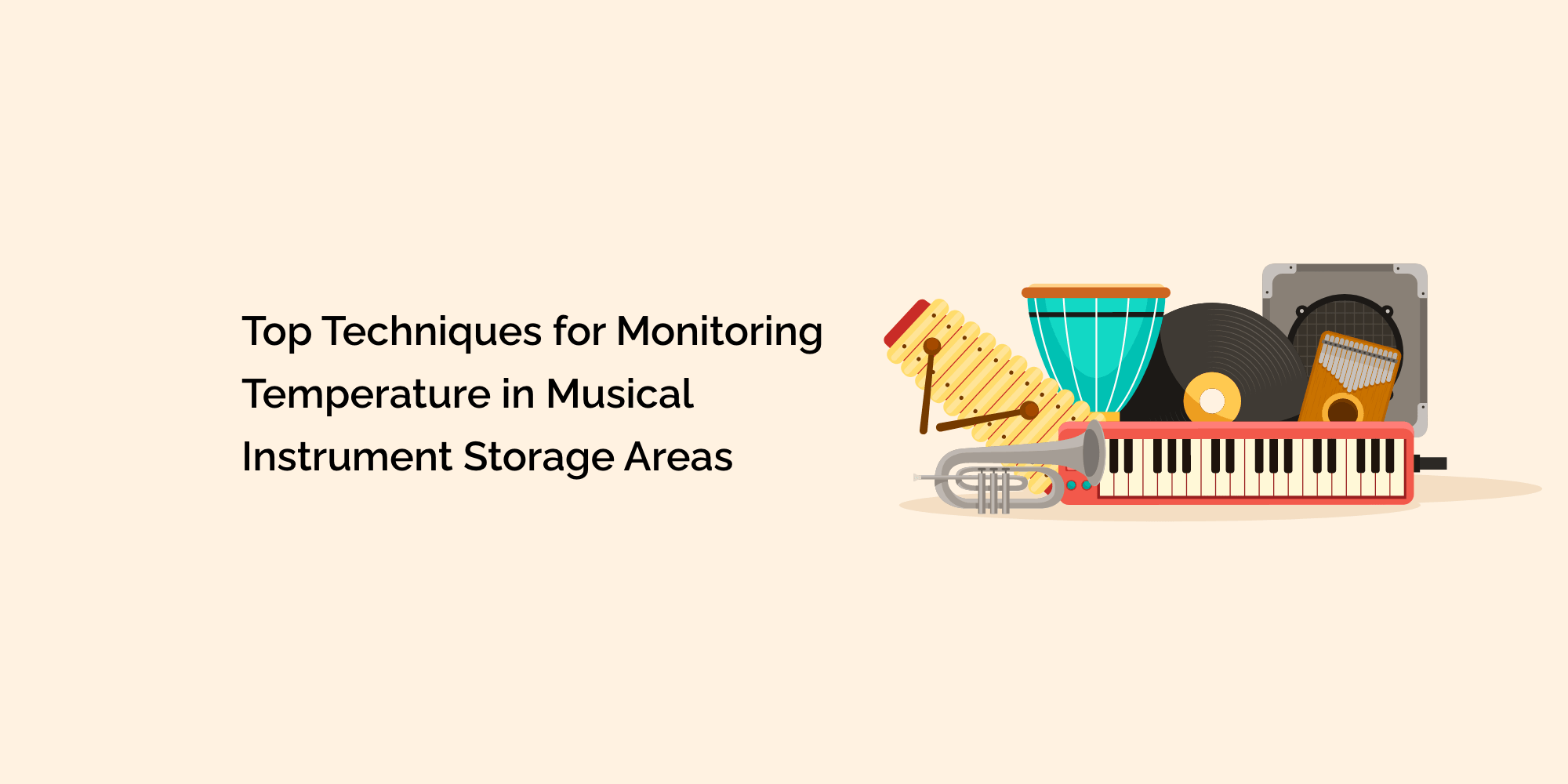The Importance of Temperature Monitoring for Musical Instruments
Understanding the impact of temperature fluctuations on musical instruments is crucial for their preservation. Temperature variations can lead to structural damage, changes in tone and pitch, and compromised instrument performance. Proper storage conditions, including temperature monitoring, are vital for maintaining instrument quality and longevity.
Manual Temperature Monitoring Techniques
Manual temperature monitoring techniques involve the use of traditional thermometers or digital hygrometers. Traditional thermometers provide an essential temperature reading, while digital hygrometers offer additional features such as humidity measurement.
Data Loggers for Continuous Monitoring
Data loggers are electronic devices that continuously record temperature readings over a specified period. They provide detailed data, enabling a comprehensive analysis of temperature fluctuations. Benefits include long-term monitoring, data storage, and identifying patterns or potential issues.
Wireless Monitoring Systems
Wireless monitoring systems offer remote temperature monitoring capabilities. These systems provide real-time temperature updates and alerts via mobile applications or computer interfaces. Integration with intelligent home systems allows for seamless monitoring and control.
Placement of Temperature Sensors
Strategic placement of temperature sensors is essential for accurate monitoring. Detectors should be placed in instrument storage areas, inside instrument cases, and in locations prone to temperature variations. Ensuring consistent placement and avoiding sensor obstruction is crucial for reliable readings.
Calibration of Temperature Monitoring Devices
Regular calibration of temperature monitoring devices is essential to maintain accuracy. Calibration ensures that devices provide precise temperature readings. Methods such as calibration baths, comparison to certified references, or professional calibration services can be utilized.
Setting Temperature Thresholds and Alarms
Setting temperature thresholds and alarms allows for proactive temperature monitoring. Determining ideal temperature ranges for specific instruments and configuring alarm systems helps identify deviations from optimal conditions. Prompt response to temperature alerts can prevent potential damage.
Utilizing Climate-Controlled Storage Solutions
Climate-controlled storage solutions provide an ideal environment for instrument storage. Climate-controlled rooms, cabinets, or professional instrument lockers offer temperature and humidity control. These solutions ensure stable conditions, minimizing the risk of temperature-related damage.
Best Practices for Temperature Management
Maintaining stable temperature conditions is crucial for instrument care. Avoiding rapid temperature fluctuations, protecting instruments from direct sunlight or extreme temperatures, and regular inspections and maintenance contribute to optimal temperature management.
Educating Staff and Musicians
Educating staff and musicians about the importance of temperature monitoring and instrument care is essential. Training on temperature monitoring protocols, best practices, and instrument care awareness promotes a culture of responsible instrument storage and maintenance.
Certainly! Here are some frequently asked questions (FAQs) regarding temperature monitoring in musical instrument storage areas:
Why is temperature monitoring necessary in musical instrument storage areas?
Temperature monitoring is crucial because temperature fluctuations can damage musical instruments. Monitoring helps maintain stable temperature conditions, preserving the integrity and performance of the devices.
What are the potential risks of temperature fluctuations on musical instruments?
Temperature fluctuations can cause structural damage, changes in tone and pitch, and compromised instrument performance. These risks can affect the overall lifespan and quality of the instruments.
What are the different techniques for monitoring temperature in storage areas?
There are several techniques for temperature monitoring, including manual methods using traditional thermometers or digital hygrometers, as well as more advanced methods such as data loggers and wireless monitoring systems.
Conclusion
Temperature monitoring is vital to maintaining the quality and longevity of musical instruments. You can ensure your devices are stored in optimal temperature conditions by implementing effective techniques such as manual monitoring, data loggers, wireless monitoring systems, and strategic sensor placement. Calibration, setting temperature thresholds, and utilizing climate-controlled storage solutions further enhance temperature management. By adhering to best practices and educating staff and musicians, you create a culture of instrument care and awareness. Remember, proper temperature monitoring is a critical component of instrument preservation, allowing your instruments to continue producing beautiful music for years.








